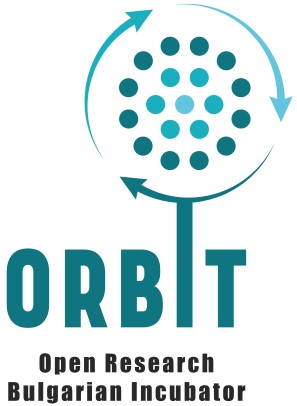
… on the planet Earth, man had always assumed that he was more intelligent than dolphins because he had achieved so much – the wheel, New York, wars and so on – whilst all the dolphins had ever done was muck about in the water having a good time. But conversely, the dolphins had always believed that they were far more intelligent than man – for precisely the same reasons.
The Hitchhiker’s Guide to the Galaxy, Douglas Adams
Traditional Problems
In the traditional research community, scientists work behind the thick walls of universities, and the public is often only invited in at the stage of the final press release. This leads to common frustrations, such as lack of public trust and growing skepticism. Citizens do not perceive research as something that changes their everyday lives. Scientists themselves do not view citizens as equal participants in the process, but rather as objects of study and sources of data.
The result is misunderstanding and the wide spread of disinformation narratives and “fake” science across large parts of society. By not including the citizens’ perspective, research narrows its outlook and risks missing valuable insights from lived experience or local knowledge. When science ignores citizens, it loses valuable data and the resource of potential volunteers who could contribute to significant causes. If research fails to inspire different communities, it cannot generate shared responsibility for the outcomes.
Citizen science can help overcome these problems in the process of knowledge creation.
What is “Citizen Science”?
Citizen science involves non-professional scientists – citizens, students, volunteers – at every stage of the research process: from data collection and analysis to co-creating research questions and even influencing policy. It is science done with the people, not just for society.
Different forms of citizen science include: monitoring of different indicators (e.g., air or water quality); crowdsourced data analysis (e.g., classifying galaxies or tagging texts); co-designing health studies with patients; and many others.
How Can “Citizen Science” Solve Traditional Problems?
Citizen science, through volunteer engagement, expands the scope and scale of research by addressing the limitations of narrow data coverage. Collaboration at all stages of the research process helps overcome mistrust on both sides – challenging the scientists’ elitist attitudes and changing the perception of ordinary people who may feel they already “know” the answers to complex questions.
At the same time, citizens can contribute to research by formulating questions important for their local communities, which can then become subjects of scientific inquiry. Sharing resources – voluntary labor, the time of large groups of volunteers – overcomes budgetary constraints and increases the value of the research itself. Most importantly, citizen science achieves real-world impact for communities.
Practical Steps for Using “Citizen Science”
Step 1: Define the level of collaboration!
- Crowdsourcing: Citizens provide data.
- Distributed intelligence: Citizens analyze data.
- Participatory science: Citizens shape research questions.
- Collaborative science: Citizens help design and implement projects.
- Extreme citizen science: Citizens lead the entire process.
Step 2: Select or build a citizen science platform!
- Zooniverse
- CitSci.org
- iNaturalist
- EU-Citizen.Science
Step 3: Make science accessible for participants!
- Use plain, understandable language.
- Prepare clear informational materials with instructions.
- Design mobile-friendly interfaces.
- Provide feedback so participants can see their impact.
Step 4: Give proper recognition!
- Make citizens co-authors of your publications.
- Offer awards.
- Share project results openly.
Step 5: Evaluate and analyze!
- Use open metrics to track success and improve future projects.
Good Practices and EU Examples
A platform and training hub funded under Horizon 2020. Provides tools, guidelines, and a project database.
WeObserve
Builds climate resilience by integrating citizen-observed environmental data with scientific datasets.
CoAct
Enables vulnerable communities (e.g., youth, social workers) to shape research in the social sciences using participatory approaches.
REINFORCE
Engages citizens in large-scale physics experiments, including the detection of gravitational waves and cosmic ray research.
D-NOSES
Uses “smell catchers”—citizens who measure odors from industrial and urban sources—to inform environmental policy.
Conclusion
Citizen science is a way for both scientists and citizens to share the journey toward new discoveries.
Citizen science is not just working with the public; it is defined, inclusive, and transformative. By involving groups from society in the research process, we do not weaken science – on the contrary, we strengthen it and make it more impactful.
So, let’s start at the control panel. Invite someone new to the bridge. You may just find a better route through the Galaxy.
